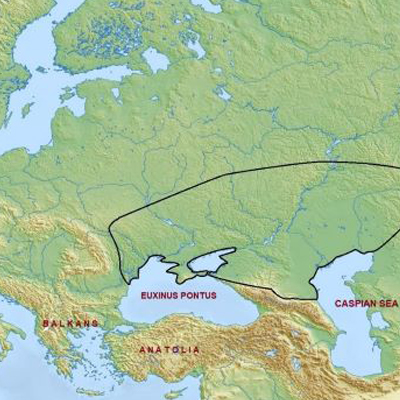The ancient DNA of the N.E. Mediterranean/Euro-Asian cultures and the position of the Mycenaean Greeks among the first cultures

All claims expressed in this article are solely those of the authors and do not necessarily represent those of their affiliated organizations, or those of the publisher, the editors and the reviewers. Any product that may be evaluated in this article or claim that may be made by its manufacturer is not guaranteed or endorsed by the publisher.
Alerted by a trio of papers that appear in the journal SCIENCE today (26th August 2022) I present briefly the essential findings with some extension on the hot subject of ancient DNA studies over all the World but mainly the SE Mediterranean and Euro-Asian neighborhood. These three papers summarize the results of a remarkable Ancient DNA project and involving 202 co-authors. These studies draw on published archaeogenetic records and new DNA analysis of 727 individuals who lived during the Copper and Bronze Ages. These people populated the “Southern Arc,” a swath of land connecting Europe to West Asia through Anatolia including coastal Levant. The findings are critically discussed in the wider frame of aDNA results, the migration and mobilities for the past about 8000 years ago and linked with the non-linear evolution processes of ancient cultures. Particular emphasis here is given to the 2016 expedition at the Late Helladic site of Kastrouli near Delphi in Greece, that contribute to these studies.
How to Cite

This work is licensed under a Creative Commons Attribution-NonCommercial 4.0 International License.
Copyright (c) 2023 The Author(s)
PAGEPress has chosen to apply the Creative Commons Attribution NonCommercial 4.0 International License (CC BY-NC 4.0) to all manuscripts to be published.

 https://doi.org/10.4081/peasa.17
https://doi.org/10.4081/peasa.17



